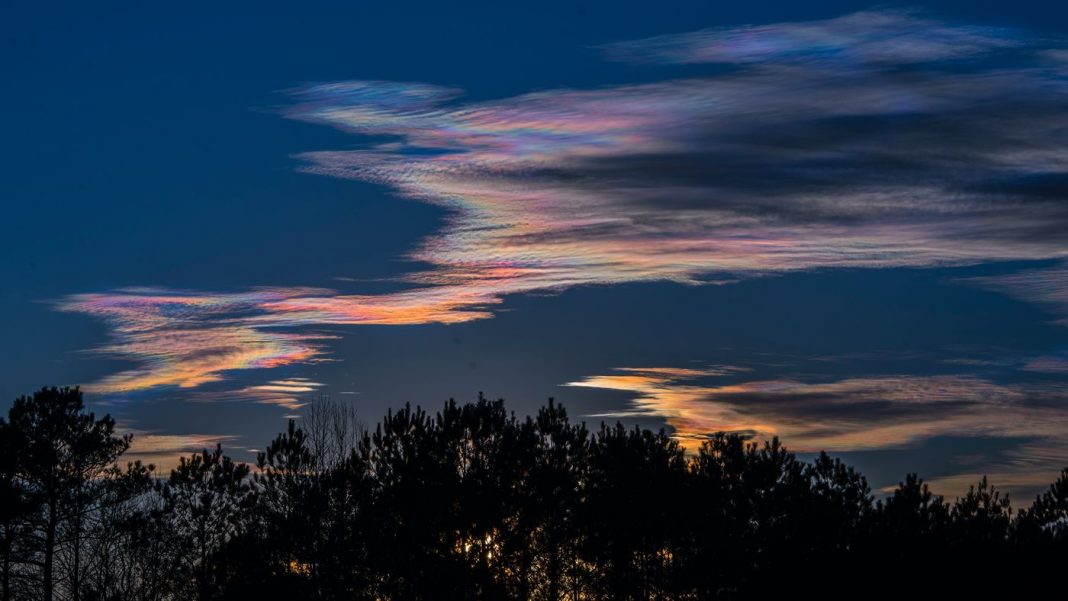Colored clouds are a rare type of optical phenomenon. In them, the colors are randomly distributed by the clouds where they occur. And for the so-called iridescent clouds to appear, sunlight, small droplets of water and particles of ice, suspended in the air, are needed.
In a way, colored clouds follow the same logic as rainbow formation, as both involve scattering the sun’s rays into small particles of water. However, colored clouds depend on specific cloud conditions, while rainbows depend on rain.
How colorful clouds form
Colored clouds are the result of refraction (scattering) of the sun’s rays into very tiny droplets of water or small ice crystals. Unlike a rainbow, whose sunlight scatters rain droplets as they fall, in an iridescent cloud such particles are briefly suspended.
Want to stay on top of the best tech news of the day? Access and subscribe to our new youtube channel, Kenyannews News. Every day a summary of the main news from the tech world for you!
Typically, the phenomenon occurs in the late afternoon or early morning especially in cumulus cloudsisolated with a relatively horizontal basebut also in altocumulus, cirrocumulus, and more. The important thing is that, in them, there are droplets of water already condensed by the cold of the higher parts of the atmosphere.
The size of the ice crystals also determines the nature of the phenomenon. For example, in colored clouds, it is necessary for the ice particles to be particularly tiny, because if they are larger, they give rise to another optical phenomenon — such as the halo observed around the Moon.
The cloud must be thin so that the sun’s rays reach the water and ice particles. Once refracted, the sun’s rays are distributed in different directions and the accumulative effect produces the colors of the iridescent cloud – something similar to what is observed in a soap bubble or a stain of gasoline on the ground.
However, it is quite common for the colors to be observed only at the edges of clouds or in the so-called semi-transparent ones, where their density is lower and the particles more easily refract sunlight.
Colored clouds: simple but rare
Although the ingredients necessary for the appearance of colored clouds are easy to find, the configuration of these elements, however, is not so common. That’s why we don’t see iridescent clouds as often as we see a rainbow.
The main reason for the rarity of the phenomenon is the thickness of the clouds, which must be very thin to dispense sunlight through water droplets and ice crystals. The problem is that they last a very short time, as they soon become dense as they concentrate more water vapor.
Another factor is the position of the Sun, which must be positioned very close to the cloud. In the rainbow, for example, the Sun is positioned behind the observer and, thus, he observes the colored arc in front of him. In the colored cloud, the Sun and the cloud in question appear in the same field of view.
And iridescent clouds are not unique to Earth. Because it is an optical phenomenon and, therefore, natural, colored clouds can occur on any planet, as long as the necessary ingredients for the light show are there — as has already been recorded in the skies of Mars by the Curiosity rover, for example.
